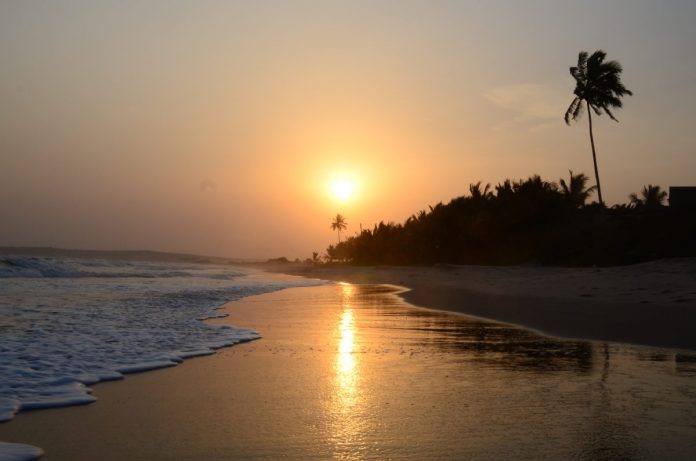Ghana’s largest power supplier, the Volta River Authority (VRA), has begun building two PV power plants with a total generation capacity of 17 MW in the Upper West Region of the country. The work comes two years after the VRA secured funds for the facilities from Germany’s government-owned development bank KfW.
The plants are being built in the towns of Lawra and Kaleo and boast planned capacities of 4 MW and 13 MW, respectively. The Lawra scheme is scheduled for completion by July and the project in Kaleo should be finalized this year, according to Ghanaian president Nana Akufo-Addo.
Ghana’s Ministry of Energy said the engineering, procurement and construction services contractor is Spanish company Elecnor and the project consultant is Belgium’s Tractebel Engineering.
The projects required funding of €22.8 million and are part of phase one of the VRA’s renewable energy development program, which the company launched in 2010. The plan envisages deployment of the 17 MW of solar capacity alongside 150 MW of wind power facilities and feasibility studies for new small-hydro plants. The VRA also operates coal-fired power stations.
Consultant call
The Ministry of Energy is calling for consultants to help the government implement Ghana’s scaling-up renewable energy program.
The consultants will define, among other things, a program to support the development of mini-grids, off-grid solar facilities and a national net metering scheme for PV.
Under its energy strategy, Ghana wants 2.5 GW of renewable energy generation capacity – presumably including hydroelectric – by 2030.
The nation had just 64 MW of solar capacity at the end of 2018, according to International Renewable Energy Agency statistics. Most of that is represented by two 20 MW solar parks. One, commissioned in September 2018, is in Gomoa Onyaadze, near Winneba in the Central Region of southern Ghana. The second project was commissioned in April 2016 by Chinese technology business Beijing Xiaocheng Company, a subsidiary of Beijing Fuxing Xiao-Cheng Electronic.






